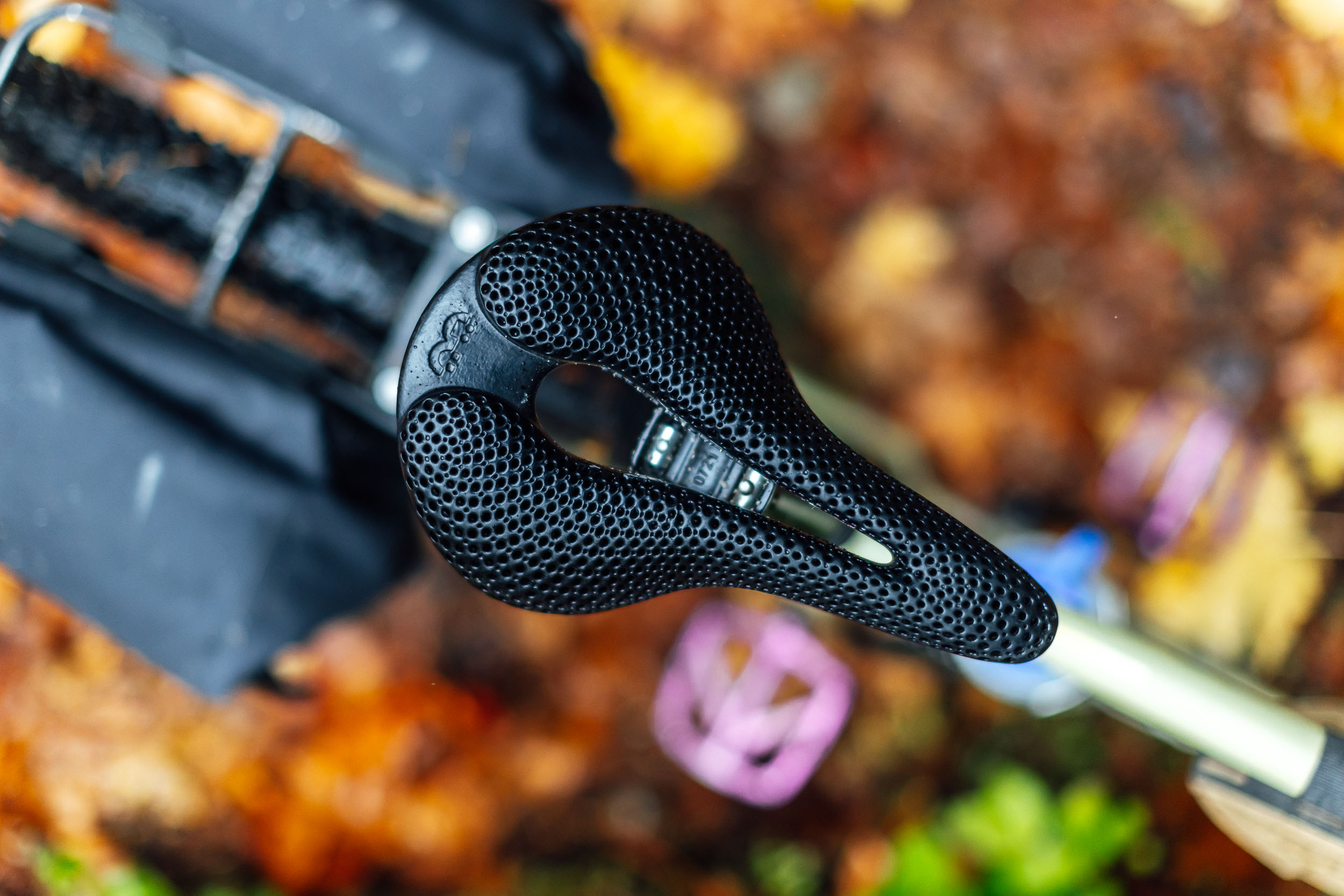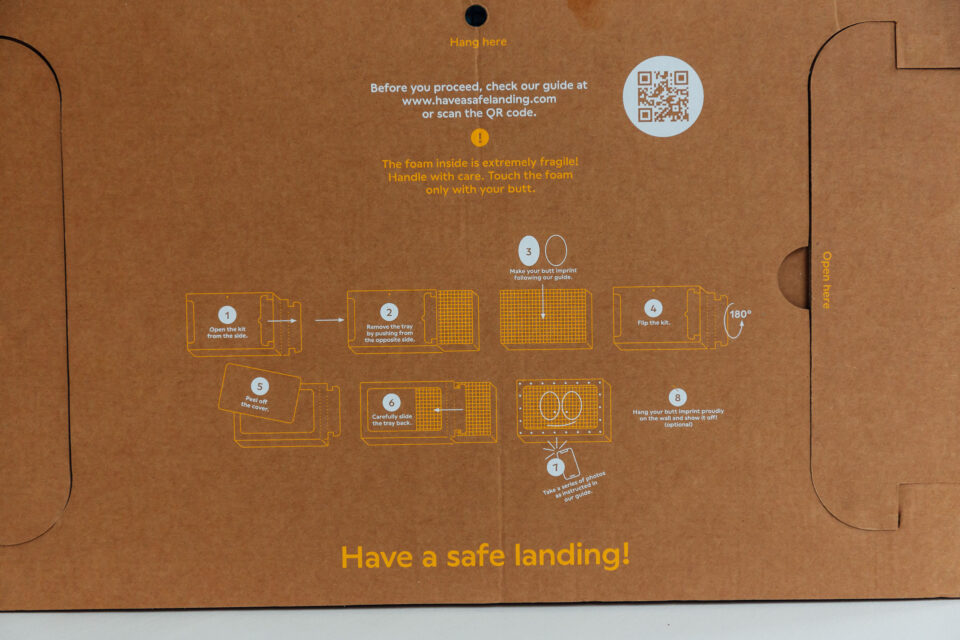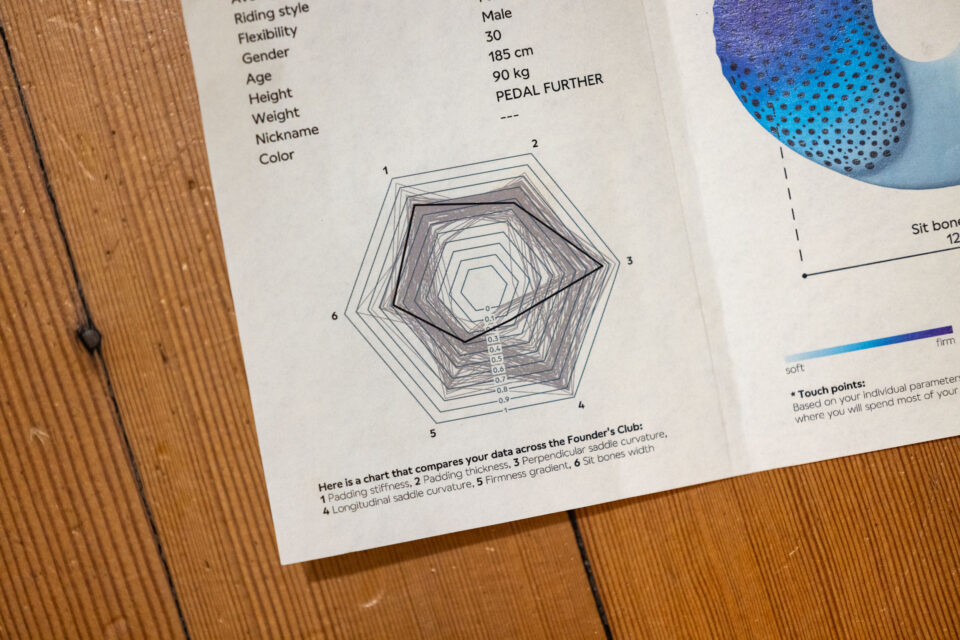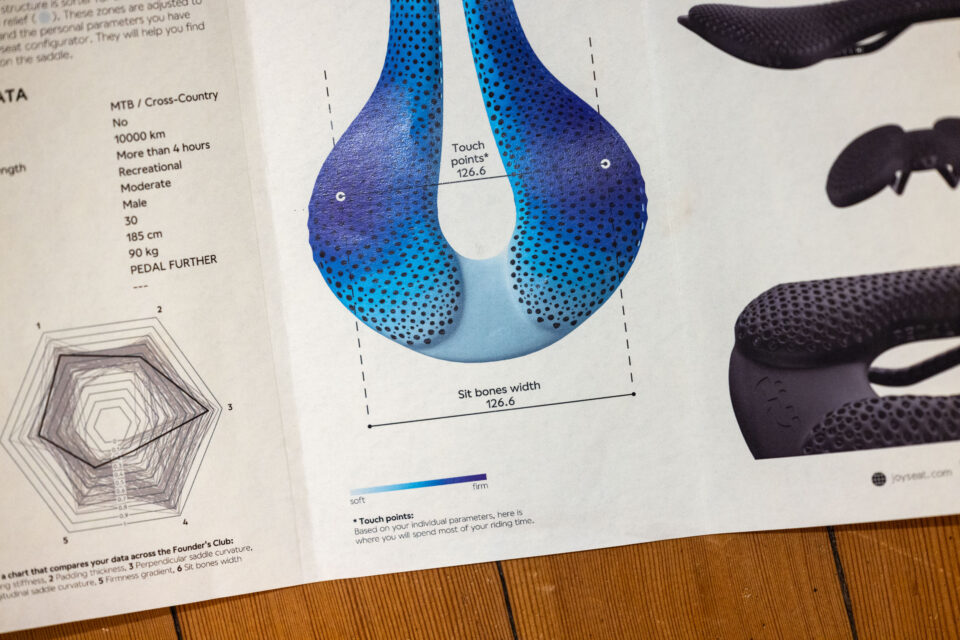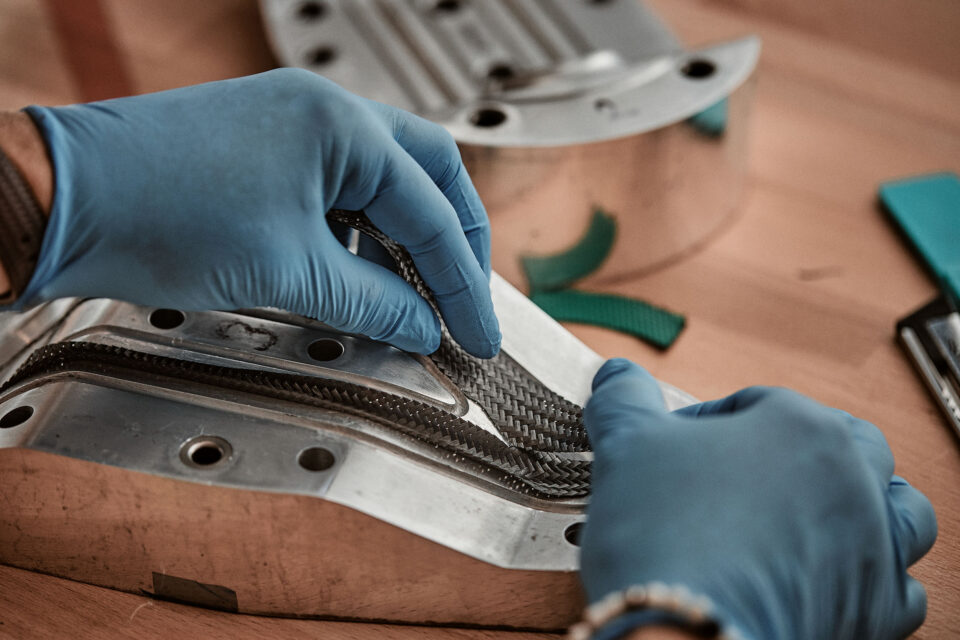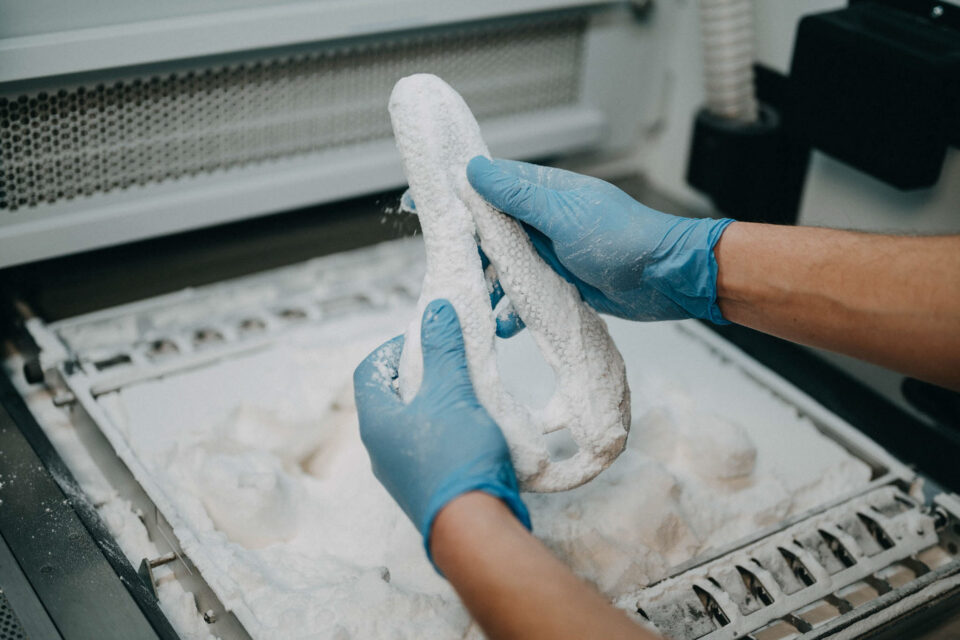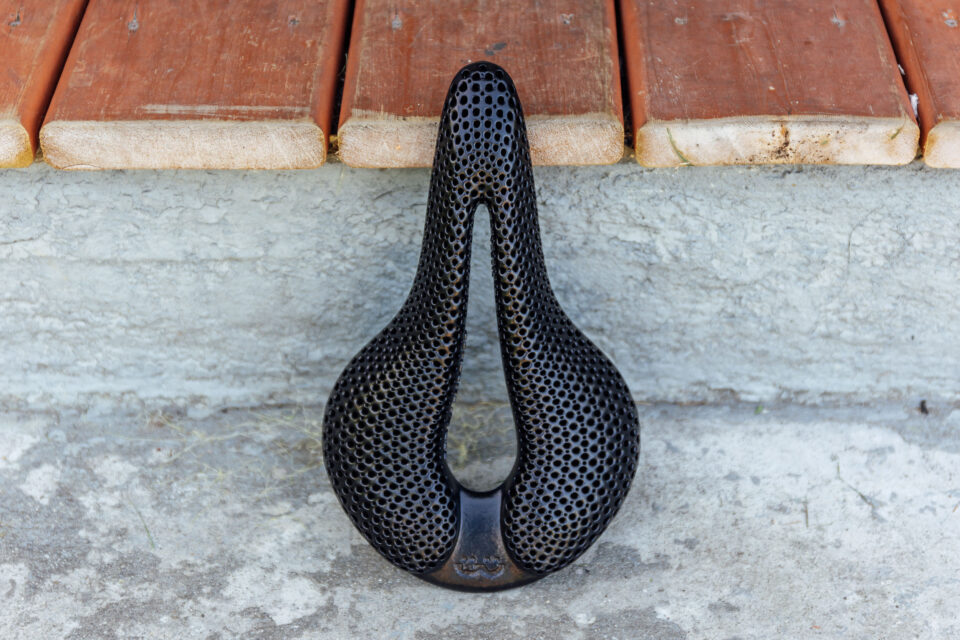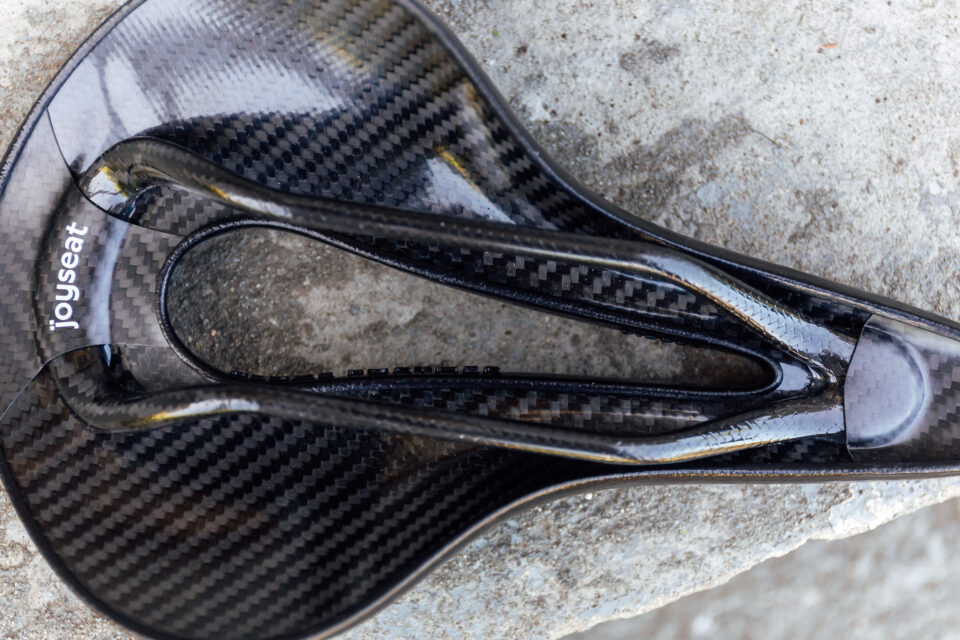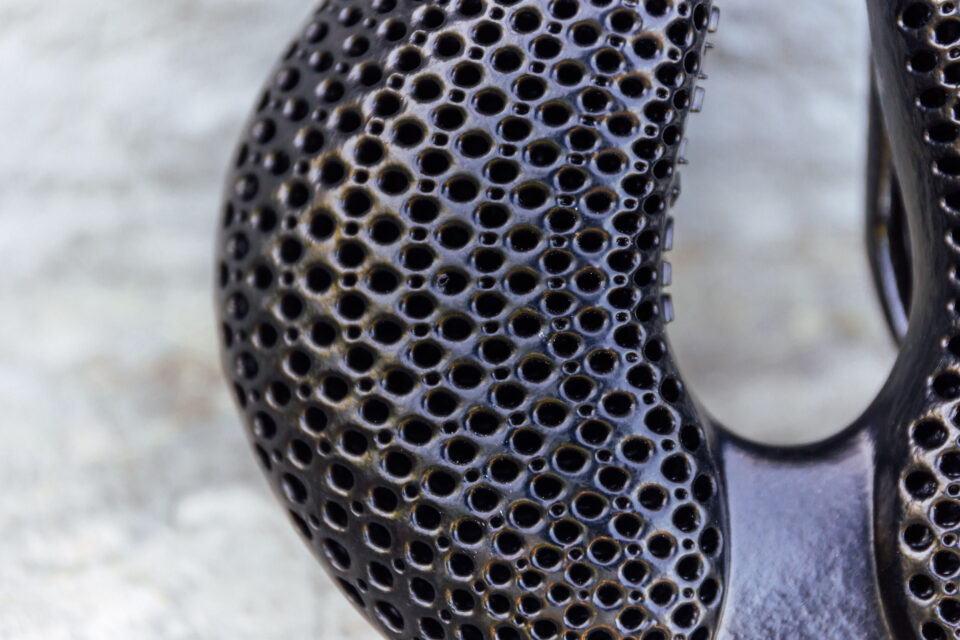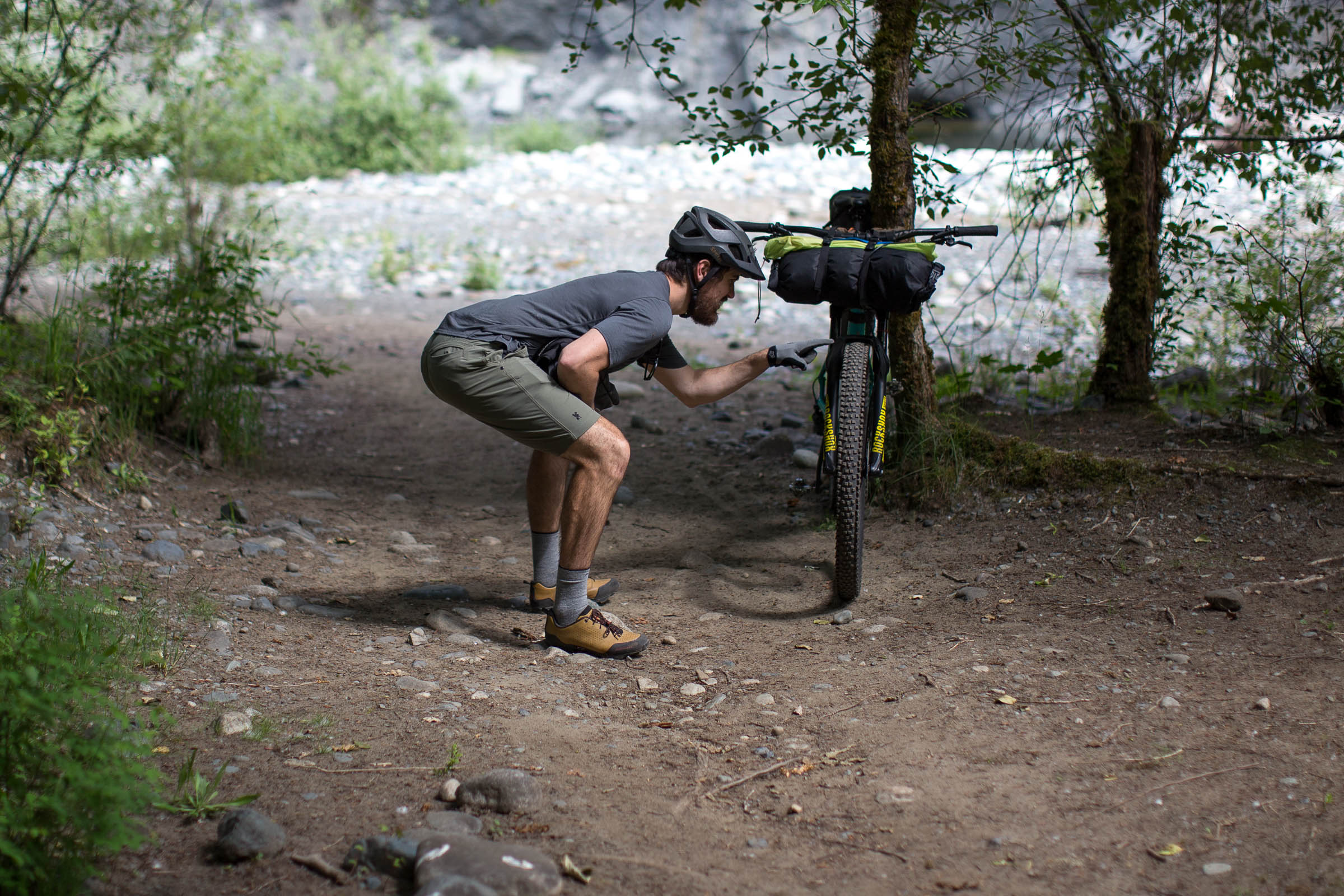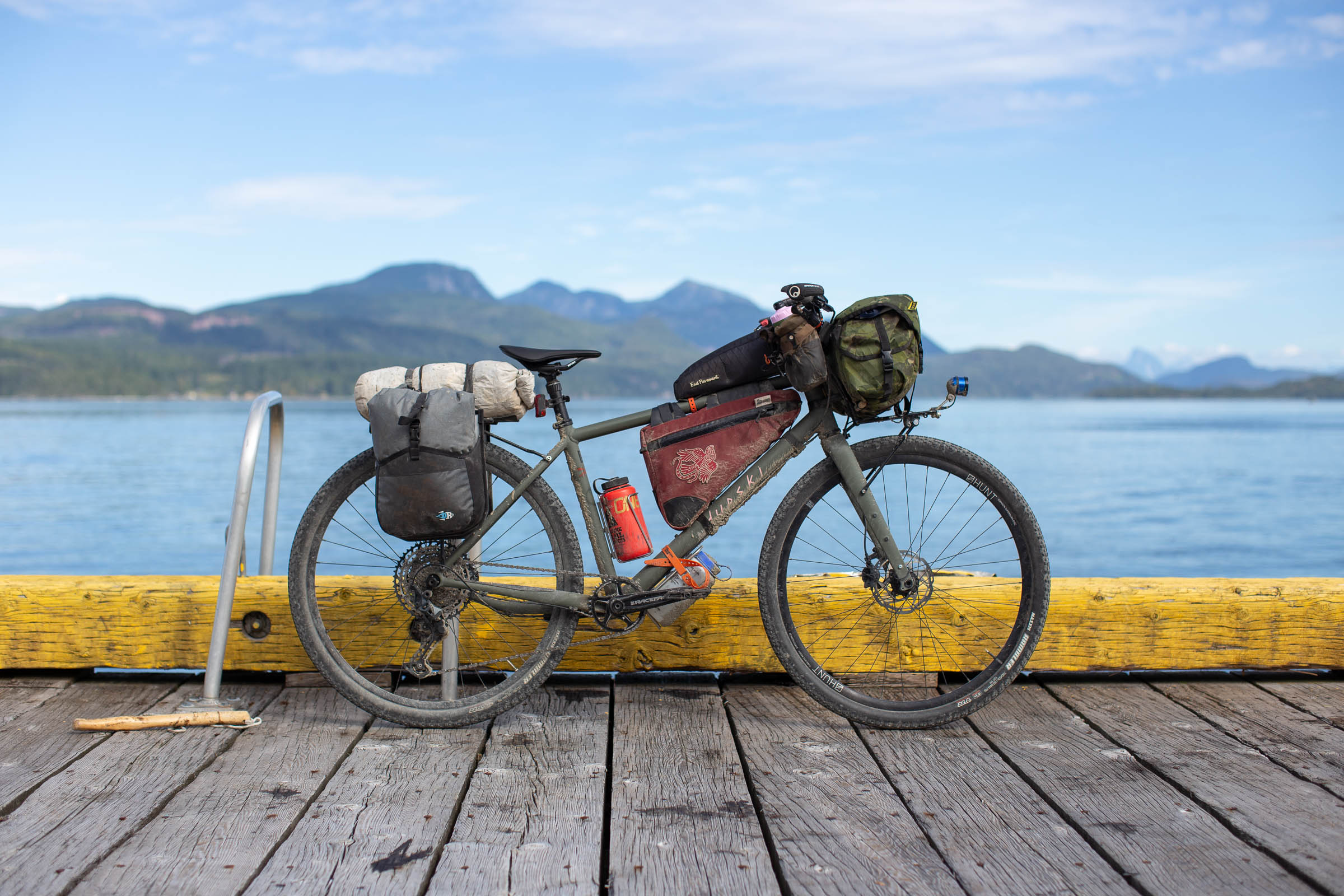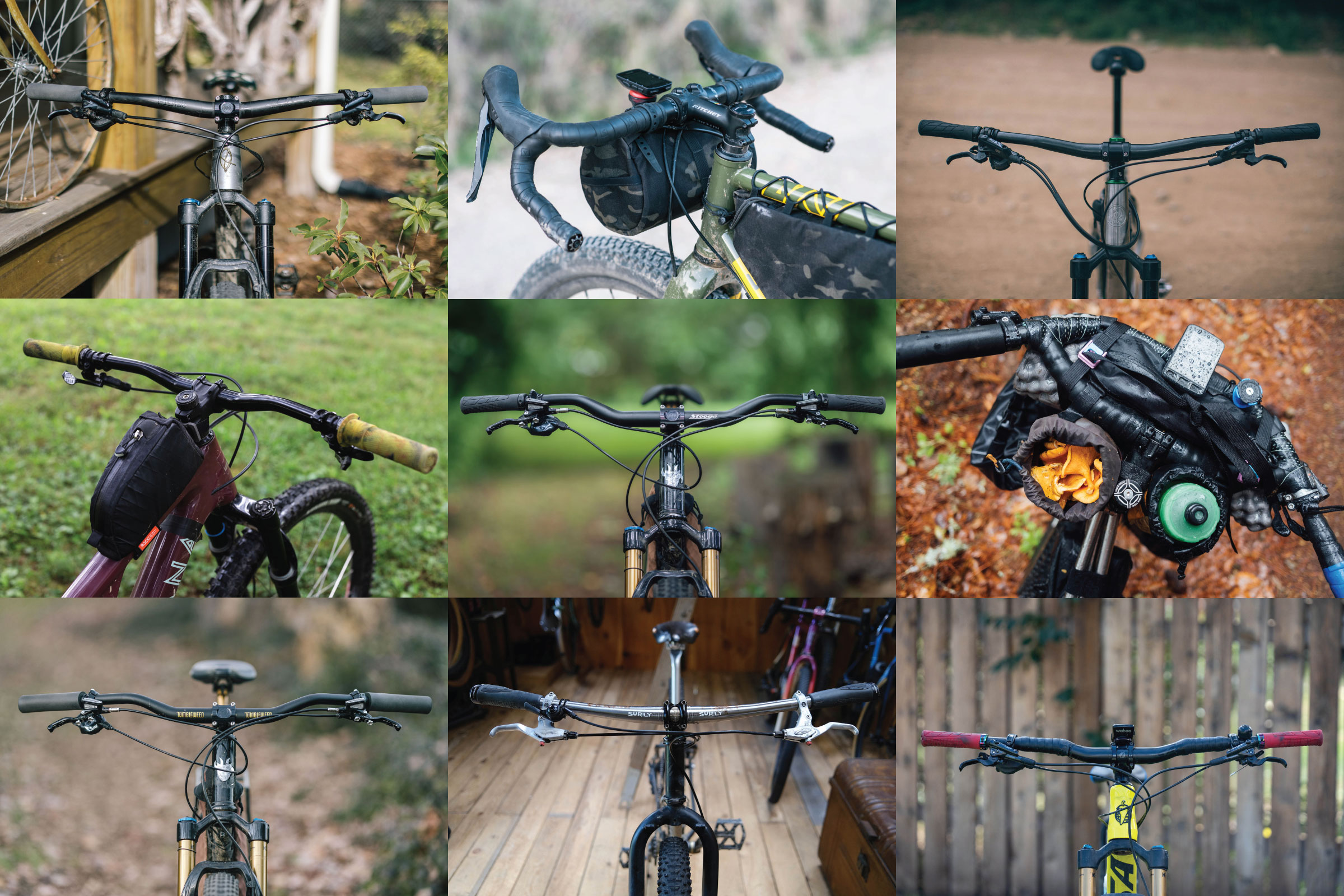Posedla Joyseat 3D Printed Saddle Review: The Price of Comfort
Share This
Using a unique personal imprint to create a one-of-a-kind shape and fit, the Posedla Joyseat claims to be the first totally custom 3D-printed saddle that provides optimal support and pressure relief. Find Miles’ Joyseat Saddle Review after almost a year of riding here…
Finding the perfect combination of saddle width, shape, and density alongside the ideal chamois or underwear is a never-ending quest for many riders. There are hundreds of possibilities and numerous factors at play that can influence your overall comfort while riding. There’s everything from pressure relief channels to fancy space-grade gel inserts and “e-bike-rated” saddles out there, and it’s nearly impossible to know what will and won’t work.
What if there was a saddle designed specifically for you? And I’m not just talking about a custom width. What if the shape, density, width, and practically everything about it was based on your riding style, preferences, and the unique shape of your body? That’s exactly what Czech Republic-based Posedla set out to accomplish with the world’s first custom 3D-printed saddle, the Posedla Joyseat.
To be fair, 3D-printed saddles aren’t new; Specialized and Fizik have been offering them for a few years. They all use a standard base and rails but swap out the foam upper and padding for a 3D-printed alternative. Some manufacturers claim that 3D-printed saddles can provide more comfort and even pressure distribution because of the unique characteristics of 3D-printed materials. While that’s great on paper, it doesn’t necessarily solve any issues directly related to saddle fit. The closest I’ve seen to a truly custom saddle is the Reform Saddle, which I tested and reviewed here, but it uses a standard set of primary specs and molds to your sit bones.

Posedla’s Joyseat, on the other hand, is totally custom. They rely on an interesting process of collecting a real-world butt imprint, a short questionnaire, and a fancy algorithm to produce a saddle that’s designed specifically for your individual needs and characteristics. I was sent over the imprint kit at the start of this year and have been testing out the Joyseat saddle ever since.
The Smiling Butt Kit
Getting your custom saddle starts with Posedla’s questionably named Smiling Butt Kit. On their website, you select one of three bike types (gravel, road, MTB), and they send the kit to you anywhere in the world. Using the kit is simple, and it’s crucial to getting the right saddle. You strip down to your underwear, sit on the foam block to create an imprint of your butt/sit bones, take a handful of specific photos of the imprint they ask for, and send the photos back to Posedla to be processed.
The next step involves gathering information on your riding style and body type. This includes your gender, age, flexibility, riding position, and annual mileage. The results, paired with the Smiling Butt Kit, determine the width, amount of cushion, firmness, and profile of the saddle. The only real standard specs are the relatively short 262mm length, carbon shell, and 7×9 millimeter ovalized carbon rails.

A Saddle Is Born
The carbon shell and rails are manufactured in the North Bohemia region of the Czech Republic. The carbon components are handmade by a small group of employees. Compared to the 3D-printed portion of the saddle, the process is slow and very hands-on. According to Poselda, three people make just six sets of carbon rails in an eight-hour shift.
The upper portion of the saddle is manufactured by a German 3D-printing partner not far from where the carbon components are made. Industrial printers make the top portion of the saddle from thermoplastic polyurethane (TPU). Posedla gathers the data they need for each saddle, sends it electronically to the printers, and after it’s been printed, they head back for the final assembly.
The entire process can take up to eight weeks, depending on their production load. Posedla ships the butt imprint kit anywhere in the world as part of the standard price, and the packaging for both the kit and the finished saddle are plastic-free and made from recycled materials. As part of the purchase, you have the option to add custom engraving onto the inside edge of the saddle, so I, of course, had “Pedal Further” added to mine. The saddle also ships with a data sheet that they call the Joyseat Joysheet, showing your saddle data, firmness gradient, and exact touch points. This data sheet is useful when comparing against other saddles. In fact, I think the data sheet is good enough to exist as a product on its own as a more affordable option to see individualized data that could be used to help find a saddle. That might not work well with Poselda’s business model, however. The finished saddle weigh between 170 and 210 grams and is rated for 100 kilograms (220 pounds). The weight is impressive, but the load limit could be restrictive.
Life in the Saddle
I’m not normally too picky when it comes to saddles, and I usually get along with a medium-wide saddle with average cushioning. All of the questions I answered for Posedla to feed their saddle-creating algorithm were based on long-distance off-road riding, i.e. bikepacking.
Upon receiving the saddle, I was surprised at how plush it was. The unique 3D-printed structure allows Posedla to dial in the stiffness of specific areas on the saddle, including the nose (front), rail zone (middle), and where you sit. I imagined a 3D-printed saddle being hard for some reason, but I was able to easily depress the sitting area by a centimeter or two with minimal effort. The main structure has little pockets built into it, which I’m assuming decrease or increase in size and density depending on what your ideal saddle looks like. My inputs and preferences created a surprisingly plush saddle.
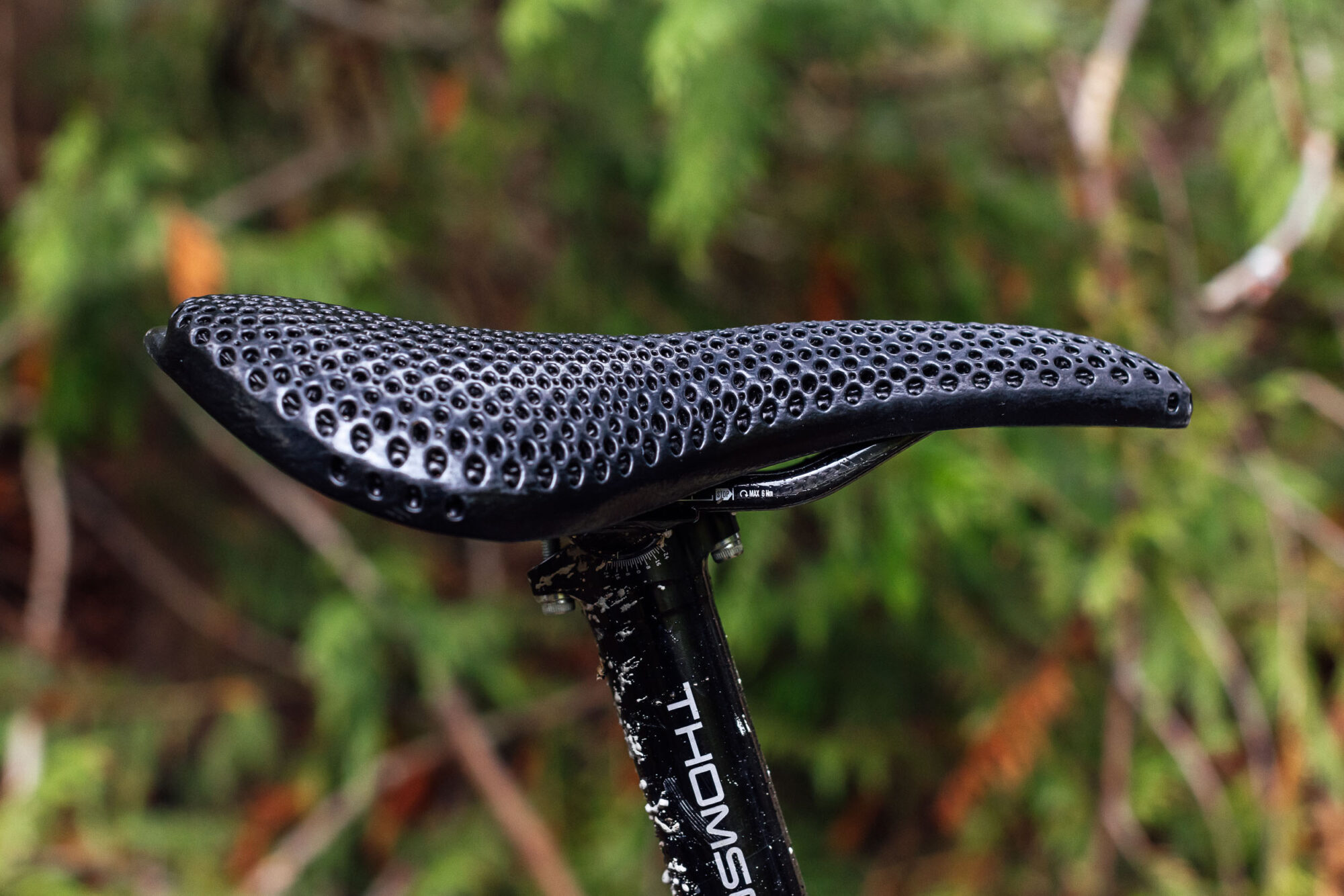
I installed the saddle on a Crust I’m currently reviewing, and it has stayed on there for the better part of the last year. It’s a comfortable saddle. Although it’s more plush than I’m used to, it has a dense and consistent feel rather than the sloppy sensation you get from gel covers and other add-ons. The top of the saddle looks rubbery and grippy, but all of my riding shorts and pants slid well on it, which is crucial for proper mountain biking. The large center cutout was also appreciated, relieving any unnecessary pressure on my perineal region on long rides.
After nearly a year of riding, including countless six-hour rides, I can attest to the Joyseat’s comfort. The unique construction provides a feeling that can only be described as slightly springy, which is great for rides when you’re spending more time in the saddle and less time standing out of it. While seated, the touchpoint width of 126.6 millimeters felt spot on, and I liked how the widest portion of the saddle tapered quickly down to the relatively stubby nose. On popular stock bike saddles, such as the WTB Volt, I’ve noticed the slower forward taper has caused some rubbing on my thighs. This was never a problem with the Joyseat.
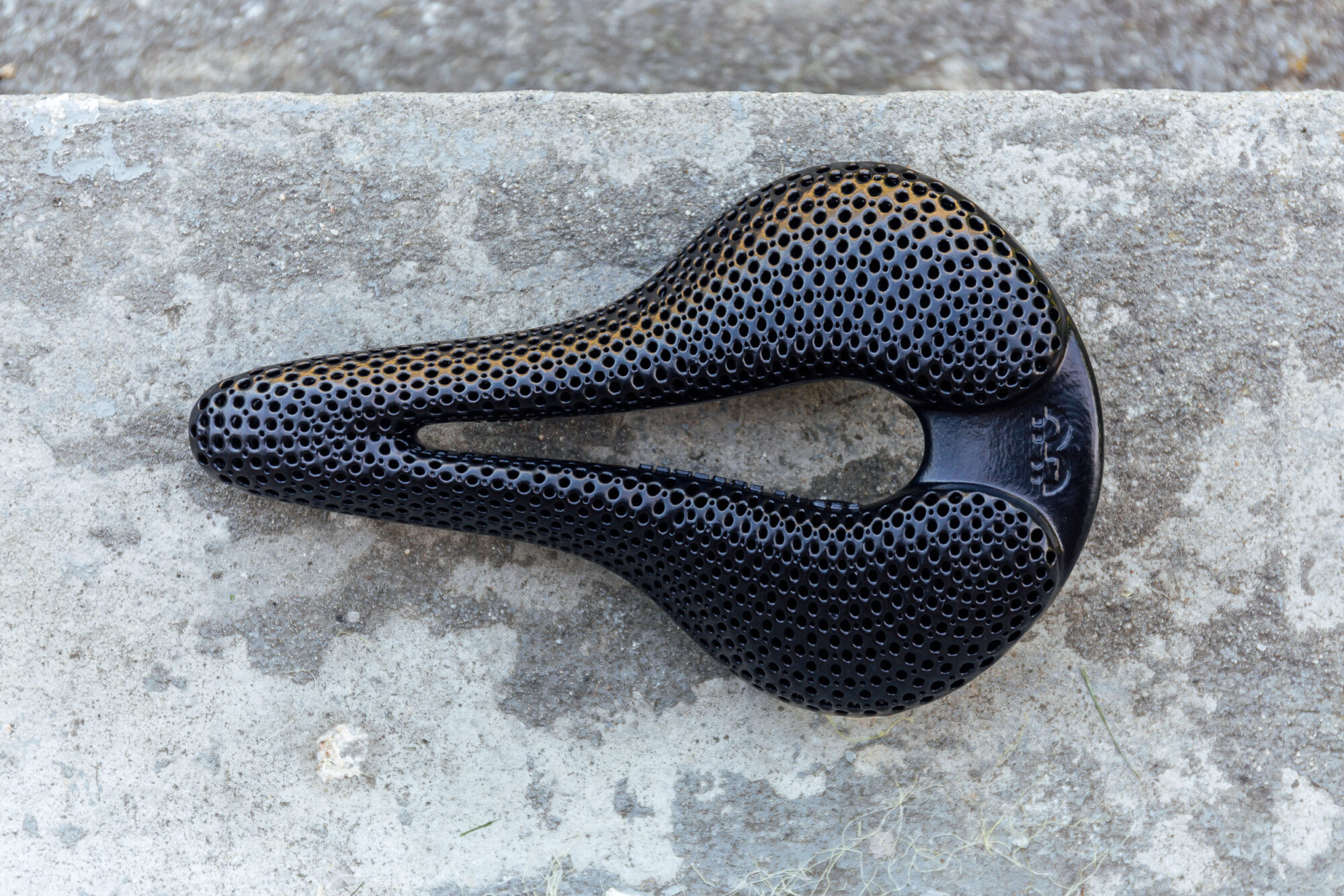
I was surprised to measure the total width of the saddle at about 158 millimeters, which is a good 13 millimeters wider than every other saddle I currently have in rotation. Unlike my other saddles, the Joyseat has a dramatic downsweep on both sides. So, while it looks significantly wider and maybe slightly cruisy at first glance, my touchpoints are narrower. However, I did list my “riding style” as recreational for a more upright riding position, which works well with the Crust. I can imagine my preference (and overall width) would change if I were planning to use the saddle on a more aggressive gravel bike, for example.
The only downside in my eyes, besides the price, of course, is that grit and grime can get inside the body of the saddle because of all the little holes. I had some pine needles stuck inside the first layer at some point, but it seems they found their way out, and rinsing the saddle out with water would also probably help if it was really gunked up.
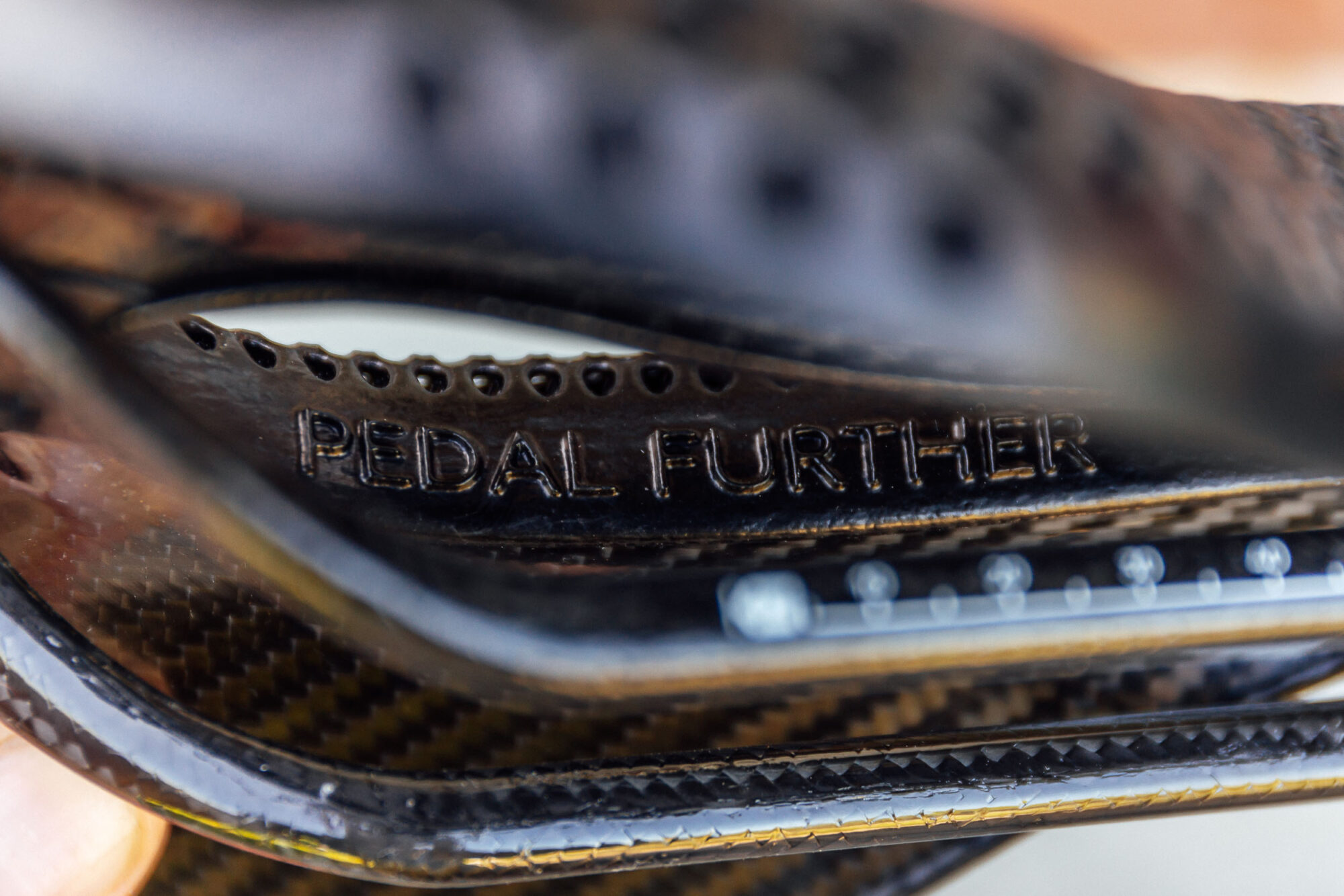
The Price of Comfort
Saddles are so incredibly personal that I have a hard time recommending any specific brand or style to anyone, let alone a $500 3D-printed one. There’s no question that I found it to be uniquely comfortable with absolutely no break-in period, but it’s entirely reasonable to feel averse to spending that kind of money on a saddle. What is comfort worth to you? For some bikepackers, having the ability to ride for multiple hours, or days, back to back is crucial, and being uncomfortable on the saddle can ruin the experience or potentially stop you in your tracks.
There are so many variables that play into how comfortable you are on the bike. Everything from tire pressure, the fit of the bike, and other touchpoints have an effect on what’s happening to your body and butt on long rides. I would have a hard time telling anyone to jump straight for an expensive custom saddle and would probably suggest getting a proper bike fit, which normally costs about half the price of the saddle, to start. Even as someone who’s not sold on the need for 3D-printing everything, I think it absolutely makes sense for custom saddles, and I imagine some folks will be really excited to get their hands (and butts) on one. Considering the price, it should last for a long time and I’ll be sure to update this review if anything changes. For what it’s worth, Posedla shared that Czech pro-rider Daniel Turek has already ridden about 30,000 kilometers on it in 1.5 years without damaging or changing the characteristics of the saddle.
Pros
- Custom-made for you and your specific riding style
- Lightweight
- Smiling Butt Kit is easy to use
- Lots of potential for comfort over non-custom saddles
- Durable and consistent feel after a year of use
- Joyseat Joysheet shows lots of useful data
Cons
- Expensive
- Carbon rails aren’t my first choice for bikepacking and trail riding
- No guarantee it will solve your comfort issues
- Oval rails aren’t compatible with all seatposts
- Load limit is restrictive
- Made Of: TPU + Carbon
- Weight: 170—210 grams
- Place of Manufacture: Czech Republic/Germany
- Price: $490 USD
- Manufacturer’s Details: Posedla.com
Wrap Up
If you’ve made it this far, then maybe you’ve never had good luck with stock saddles or are working through some discomfort on the bike. Being uncomfortable while riding can be incredibly frustrating, so I can see why Posedla exists. The big question is, what are you willing to pay for comfort? Being a rider who can get by without being too picky about my saddle, I’m not the target customer, but if you’ve consistently struck out or regularly suffer from saddle sores and other aches and pains, perhaps a custom 3D-printed saddle is a reasonable next step. As mentioned above, I have a hard time recommending a saddle, even when it costs $50, but for what it’s worth, if I were heading out on a long dirt-road ride tomorrow with lots of anticipated time in the saddle, I’d certainly bring the Joyseat along.
Further Reading
Make sure to dig into these related articles for more info...
Please keep the conversation civil, constructive, and inclusive, or your comment will be removed.






